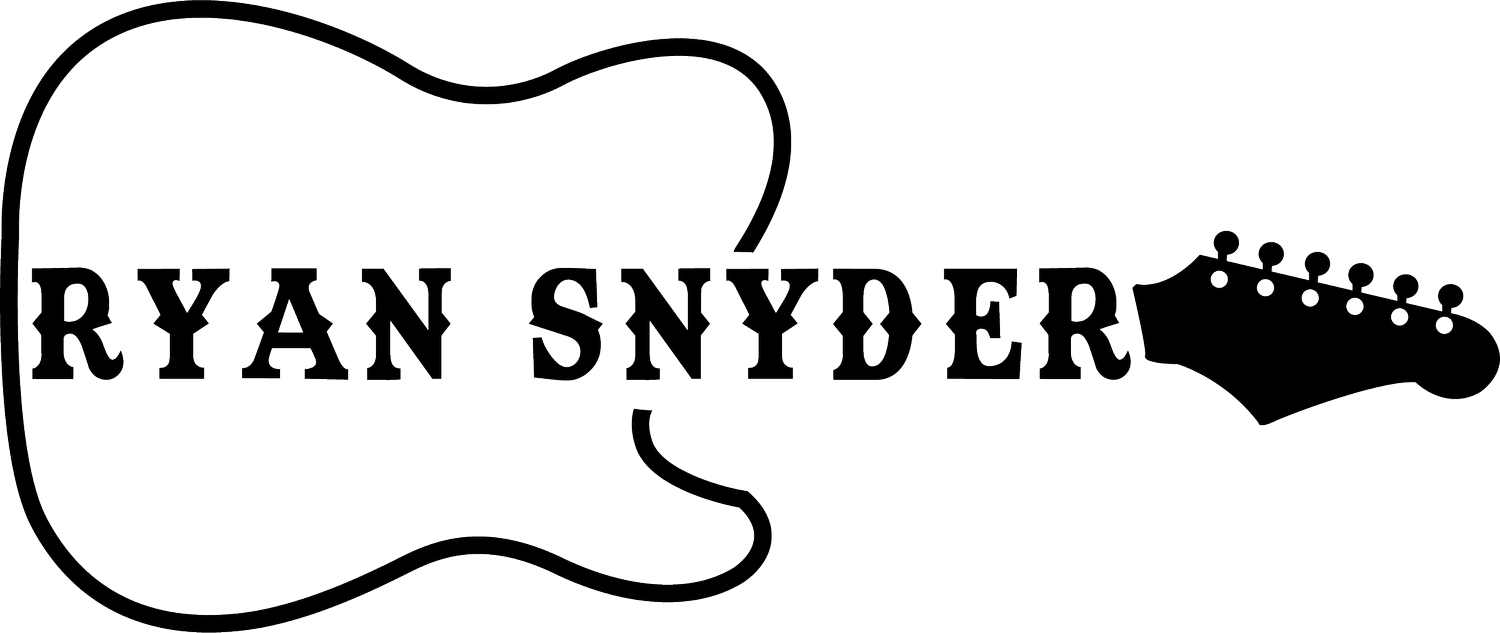Optimum Pedal Order (Part V of the Pedal Series)
Originally posted on the S&R Blog on August 9, 2016.
So here we are. The end of the road for the Pedal Series. We have discussed how to optimize your rig, gone into details about different effects and what they do and sound like, we have talked about digital and virtual rigs and how to build a rig for a specific genre. Today, as our Pedal Series journey ends, we will discuss pedal placement and the most optimum pedal order. But before we get started, these are by no means cut throat rules but more of guidelines. As previously stated in my posts before, this is rock n roll, rules were made to be broken. But if you are new to pedals or just wondering what is the optimum arrangement for your pedals, than this post is for you!
Now the perfect pedal order has been a debate among guitar players since the dawn of effects. To fully understand why the order is selected, I should mention that anything coming before an effect will affect how the next effect reacts to the sound. Sounds confusing. For example, if you have two effects, a delay and a distortion the order of the two will make the sounds drastically different. If you have the delay before the distortion, the heard sound will be a delayed guitar that is distorted. It will likely sound squished and over saturated. Now on the flip-side, if you placed the distortion before the delay, your distorted sound will echo and will soar. This is more than likely the sound you are going for when you strive for a distorted delay solo.
Now, Musician’s Friend hosted a webinar with Steve Vai who explained the perfect pedal order. That video is over an hour and is jammed packed full of great material. But for those looking for a quick and easy down and dirty solution check out below and when you do have an hour to spare, check out Vai’s webinar for other useful information.
The Perfect Pedal Order:
Tuner –> Volume Pedal –> Wah Pedal –> Compressor –> lighter distortion –> heavier distortion –> lighter overdrive –> heavier overdrive –> pitch shifting –> Modulation (chances are you aren’t using multiple effects at one time most of the time) –> delay –> multi-delay –> reverb
Somethings to think about and experiment with:
A delay that is placed before an amplifier will have a different sound than a delay placed in between the amp and speaker via an effects loop.
The same goes for reverb.
A clean boost before a distortion pedal (assuming both are engaged) will create a more distorted sound due to the boost in volume before the dirt pedal. A clean boost after a distortion pedal (again assuming both are engaged) will create a louder version of your already distorted sound – i.e. no additional distortion.
This order has been proven to be optimum in that each effect builds up the signal and passes on a signal that can interact well with the next pedal and so on. Notice the word optimum is used and not perfect. There is no “perfect” signal for guitar effects, even the best guys have been tone chasing for years and experimenting with sounds trying to emulate what they hear in their heads to making that come out of the speakers. The best advice we can give is to experiment make mistakes and make some noise. That’s how you find YOUR perfect pedal order.
Shout out to my buddy Khalen for recommending I cover this series, it all spawned from his question on how should he chain his effects together. Be sure to tune in for future album reviews, guitar advise and general music articles.
Until next time, let the music play!
